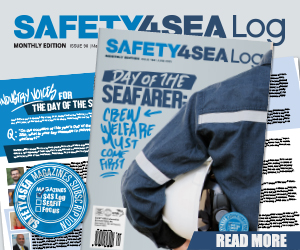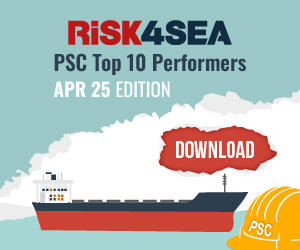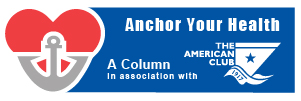Mitsui O.S.K. Lines, Ltd. (MOL) has announced plans to equip its LR1 product tanker Nexus Victoria with the “Filtree System,” an onboard CO2 capture system with a SOx scrubber manufactured by Value Maritime B.V. (VM).
According to the company, this is the first time a Japanese operator has installed a CO2 capture system onboard a vessel, with installation scheduled for the end of 2024. The Filtree System has a scrubber function that removes 99% of sulfur oxides (SOx) and particulate matter (PM) contained in exhaust gases and a carbon capture and storage (CCS) function that separates and recovers up to 10% of CO2 from the exhaust emissions.
CO2 in the exhaust gases generated onboard the vessel is adsorbed and captured by reacting with a special chemical substance. The chemical will be discharged ashore, and the heat-separated CO2 can be supplied to greenhouses, synthetic fuel companies and other end users before being put to good use.
Ways of carbon utilization
According to Akshat Arora, Senior Risk Assessor at UK P&I Club, these some common ways of carbon utilization:
- Oil and gas industry: The process of injecting CO2 into existing oil fields is a well-known “enhanced oil recovery” (EOR) technique – the addition of CO2 increases the overall pressure of an oil reservoir, forcing the oil towards production wells. The CO2 can also blend with the oil, improving its mobility and allowing it to flow more easily. Some have even gone so far as to argue that such technology could be used to make the full lifecycle emissions intensity of oil carbon-neutral or even carbon-negative.
- Synthetic fuels: Similarly, captured carbon can be combined with hydrogen, which might itself be produced in a carbon efficient manner, such as by electrolysis powered by renewable energy, to create synthetic fuels like e-methanol and sustainable aviation fuel as low-carbon or even net-zero fuels that could be used to reduce the carbon footprint of the shipping and aviation sectors respectively.
- Construction industry: Carbon capture can be integrated into the production of building materials, such as concrete and aggregates.
- Carbonated beverages: Captured CO2 can be used in providing fizz in carbonated drinks.
- Agriculture and aquaculture: Captured CO2 can be used in controlled environments to enhance plant growth in agriculture or provide a source of carbon for aquaculture operations, which can lead to increased crop yields and more efficient food production. Captured carbon can also be used in the fertilizer industry for manufacturing urea.
- Algae cultivation: The captured CO2 can be used to stimulate the growth of algae, and that could assist in counteracting climate change as it can absorb CO2 faster than any other biomass. Algae can be for various purposes, including biofuel production, wastewater treatment, and as a source of protein in aquaculture.
As informed, the Filtree System is a key technology for carbon neutralization in the shipping industry, especially for existing vessels that are difficult to convert to next-generation fuels. MOL and VM aim to reduce GHG emissions from vessels and establish a CO2 capture value chain to contribute to a carbon-neutral society.






























































